1270
A basic spinning wheel for cotton is in use in China.
A basic spinning wheel for cotton is in use in China.
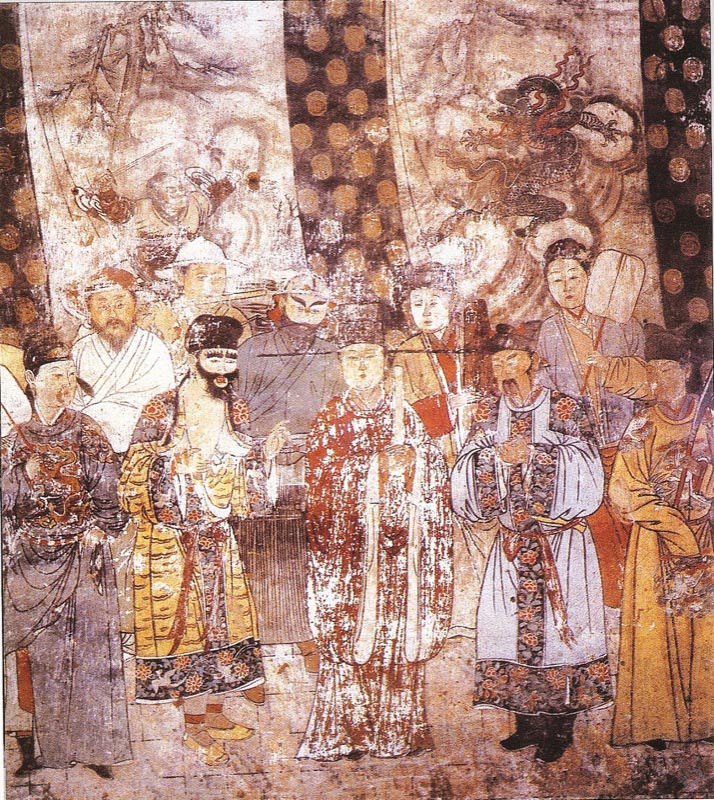
The Yuan Dynasty in China.
Marco Polo (1254-1324) travels through Asia to Mongolia and China, becoming a friend of Kublai Khan and governor of a Chinese city. Polo visits Sumatra and returns to Venice via the Indian Ocean telling tales of gold, silk, spices and other riches.
Marco Polo reports the Baku region as having established a commercial oil industry.

Venetian merchant and explorer Marco Polo reports of his travels in China: “In that province is a city, named Ti-min-gui [Jingdezhen] where they make the most beautiful cups in the world; they are of porcelain, and are manufactured in no other part of the earth besides that city.”

The linen trade flourishes in Ireland.
The silver ingot is used as currency in China.
Mongol armies of Kublai Khan invade China.
Marco Polo notes that cotton is a major export of Persia.

Marco Polo notes that rice wine is more popular than grape wine in China.
The earliest known European paper mill is built in Spain.
The Gold Ducat is introduced as a coin in Venice and becomes a major trading currency.
The Gold Florin is introduced in England.
Muslim forces take Acre, ending the age of crusades.
Mustard makers appear in Paris and Dijon.
Osman I declares independence from the Seljuk Turks and founds the Ottoman Empire.
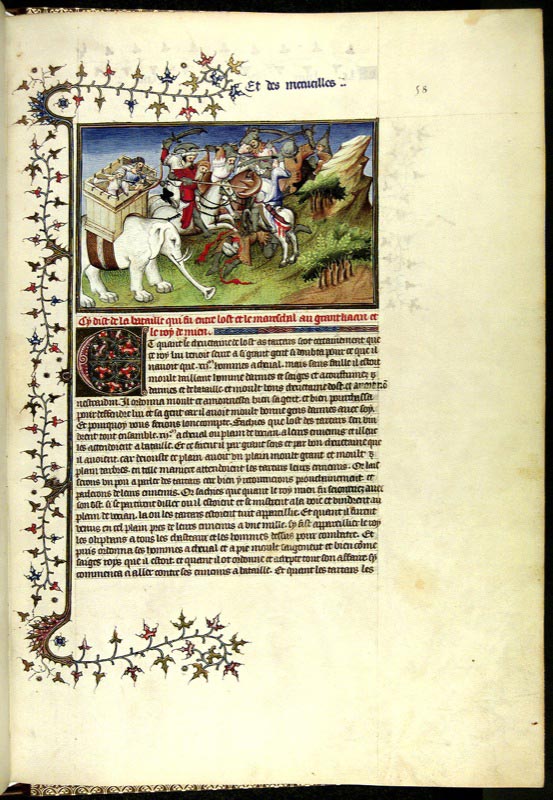
The Travels of Marco Polo is published in Venice as an account of his travels through Asia.
The Major Oak in Sherwood Forest starts to spread and is later associated with Robin Hood. However, the Forest is dramatically reduced by clearance and logging.
Vodka is distilled in Poland, Belarus, Ukraine and Russia.
Forest code is introduced in France to regulate wood production for the navy.
Blue and white porcelain first produced in Jingdehzen. Chinese imperial government monopolize the high-quality kaolin used for porcelain mined at Macang.
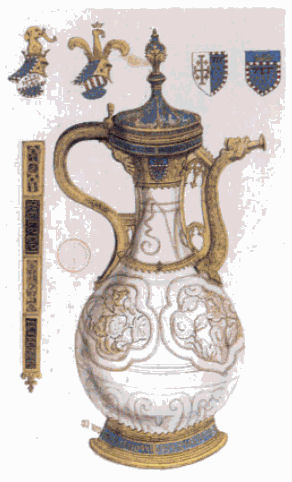
Earliest-documented porcelain in Europe.
Francesco Petrarch.
Edward I decrees that coal burning should not take place when Parliament is in session.
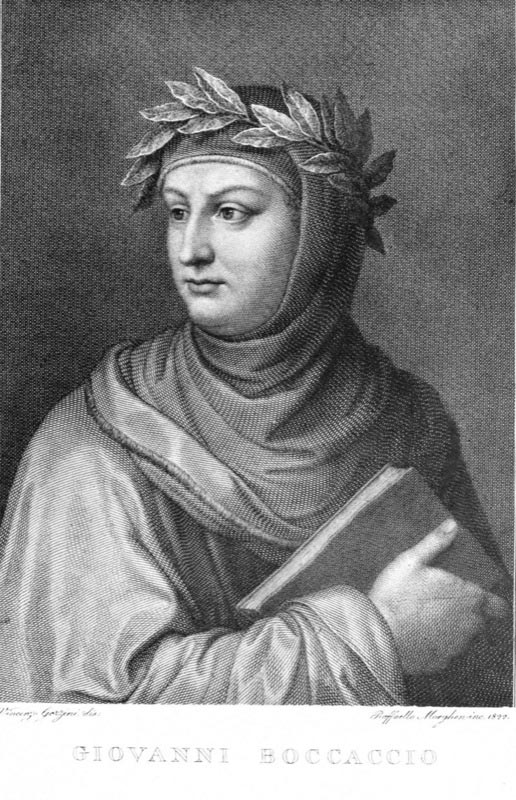
Giovanni Boccacio.
Multi-spindle wheels are in use in China.
The Guild of Spicers joins with the Guild of Pepperers.
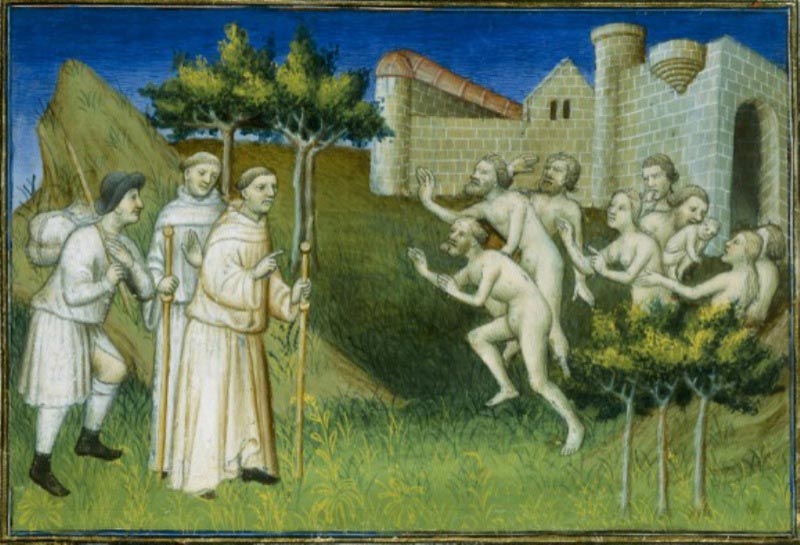
Italian missionary, Odoric de Pordenone, travels from France to China and back via India and Tibet.
Sugar is sold as a luxury good in England and sugar sculptures are a noted feature of banquets.
Mansa Musa, head of the Mali Empire takes the hajj to Mecca accompanied by camels laden with gold.
Orhan, son of Osman, captures Bursa in Turkey and makes it the capital of the Ottoman Empire.
Moroccan explorer, Ibn Battutah travels throughout North Africa, the Middle East, the Silk Road, India and China.
Toghan Temur serves as the last Yuan Emperor and the final Khagan of the Mogols.
The Hundred Years War between Britain and France starts when Edward III of England invades Northern France and makes a claim to the French crown.
Geoffrey Chaucer.
The Black Death sweeps through Europe wiping out 30-60% of the population. Spices are used to fend off the plague and their value soars.

Battle of Crecy - Edward III defeats French forces.
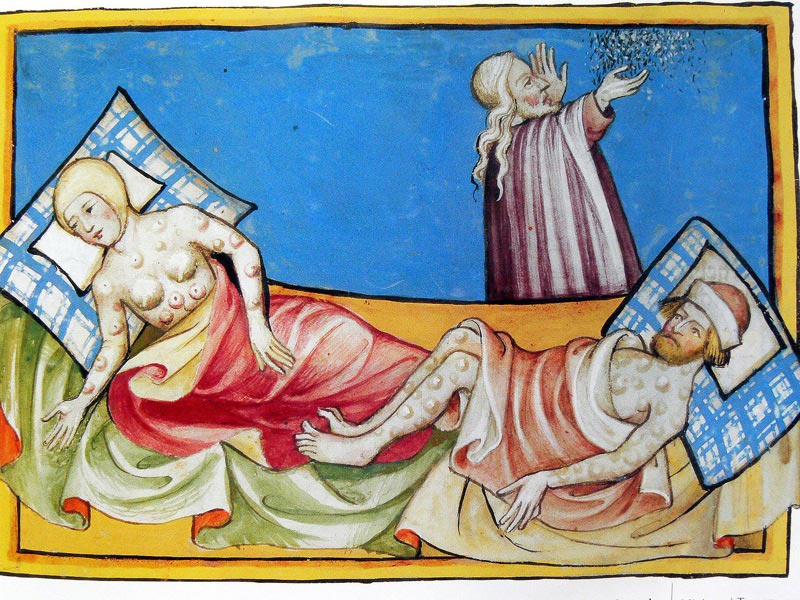
The Bubonic Plague kills around one third of the population in Europe and Asia. Attempts are made to introduce public health and quarantine laws.
The Golden Bull issued at Nuremburg establishes an agreed formula for the election of the Holy Roman Emperor.
The Travels of Sir John Mandeville begin to circulate, giving fantastic accounts of foreign lands and mentioning the islands of Spicerie and lambs growing on the end of bushes (cotton).
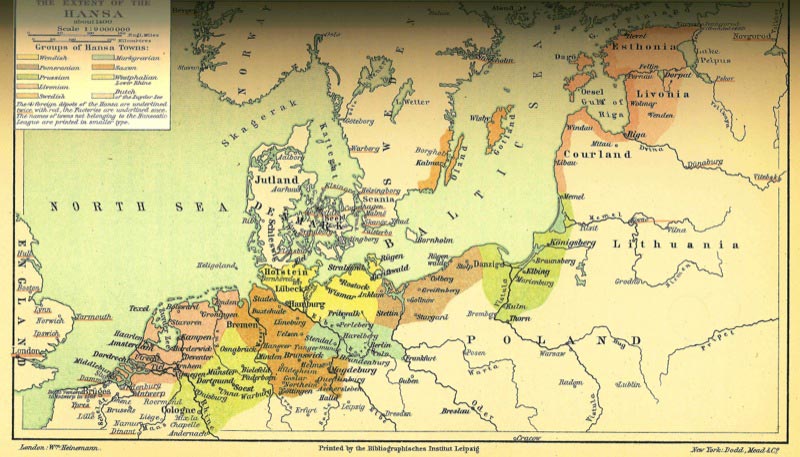
The Hanseatic League establish control over the Baltic Timber, Fish and Wheat trades.
The Hanseatic League establish control over the Baltic Timber, Fish and Wheat trades.
Battle of Poitiers - Edward III defeats French forces and England claims much of northern and western France.
The Ming Dynasty in China ends Mongol control of China. The army is reformed and strong centralised government is resumed.
Porcelain begins to be exported to Europe. Later, porcelain for the European market starts to be produced in China.
Murad I captures Adrianople in Thrace and makes it the new capital of the Ottoman Empire.
King Charles V of France reclaims much of the territory taken by the English in 1360, but sparks a series of reprisals.
Aztec Civilisation in Central America.
The Catalan Atlas describes world trade routes.
Chaucer mentions Beaver Felt Hats from Flanders in the Canterbury Tales.
Jan Van Eyck.
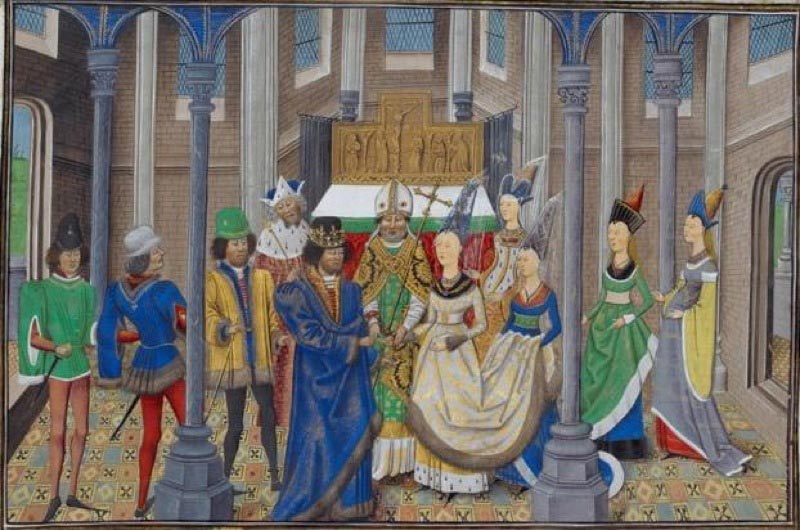
Treaty of Windsor allying Portugal and England.
Orhan takes Thessaloniki from the Venetians and Kosovo from the Serbs and expands the Ottoman Empire.
UK Parliament passes an act forbidding the throwing of rubbish into ditches, rivers and waters and Cambridge passes the first urban sanitary laws.
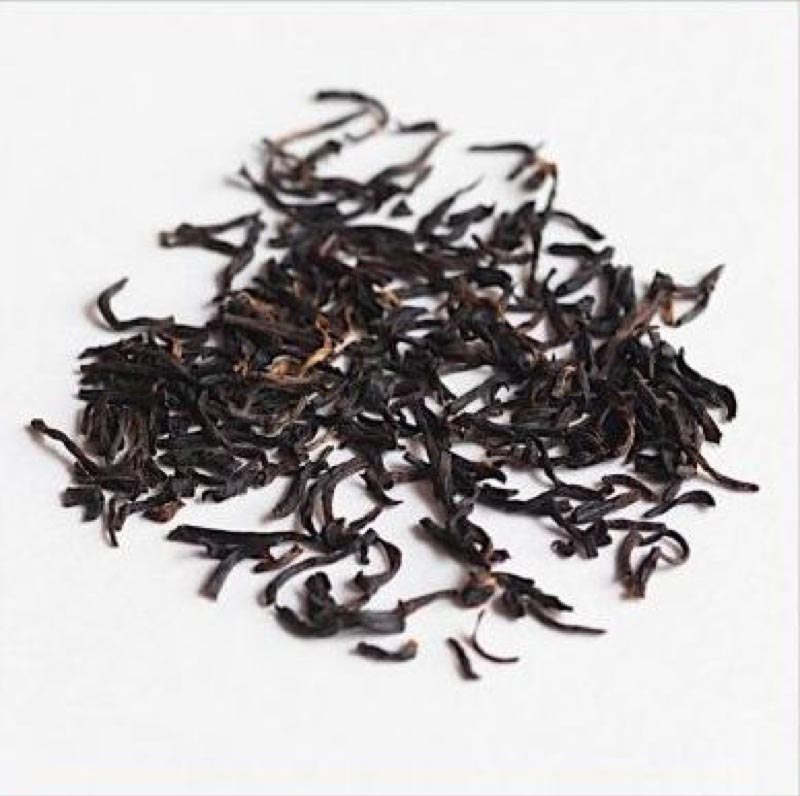
Loose leaf tea becomes popular following the preferences of Emperor Hung-wu.
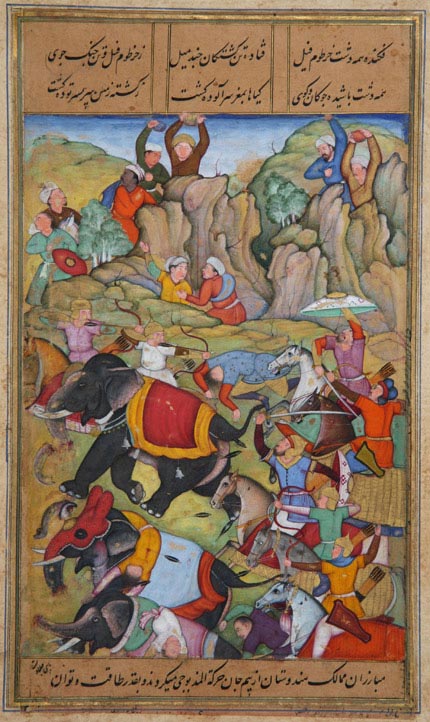
Tamerlane invades India.
Coffee is grown on a large enough scale in Yemen to be sold as a commodity. Yemen dominates the trade for 200 years.
The art of paper making reaches Germany.
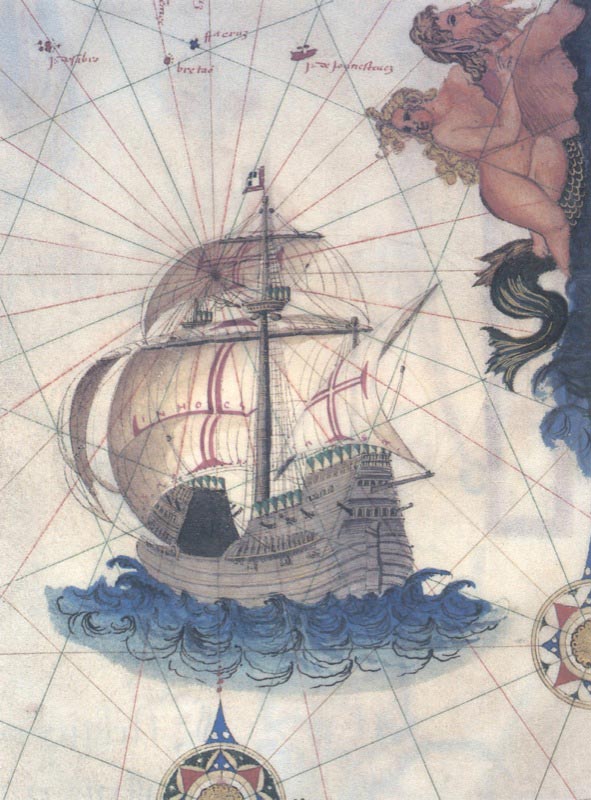
The carrack (multi-masted and high sided sailing vessel) is developed by the Portuguese for sailing in rough sea conditions and makes long distance voyages possible.
The Aztecs enjoy a fermented drink called Octli based on the blue agave plant.
The Ottoman Empire is defeated by Tamerlane at the Battle of Ankara and has to regroup.
Emperor Yongle moves the Chinese capital from Nanjing to Beijing.
Alberti, humanist scholar and architect.
Chinese Admiral Zheng-He leads seven voyages of exploration and trade to South East Asia, South Asia, East Africa and the Middle East before such voyages were banned by the Emperor. They discovered the Spice Islands.
Emperor Yongle invades Vietnam.

Construction of the Forbidden City complex in Beijing.
Joan of Arc.
Henry V of England invades Normandy and wins a decisive victory over the French at the Battle of Agincourt.
Portuguese planters introduce sugar to Madeira and then on to the Canaries, the Azores and West Africa.
Venetian trader Nicolo de Conti duplicates Marco Polo's voyage to Asia.

Prince Henry 'the Navigator' of Portugal commences a systematic investigation of the coast of West Africa, resulting in the colonisation of the Madeira Islands in 1420 and the Azores in 1427.
Henry VI is crowned King of England and France.
Giovanni Bellini. He helps to establish the Venetian school of painting.
The Aztecs forge an alliance with nearby city states in Texcoco and Tlacopan.

English forces lay siege to Orleans, but the siege is broken by brave resistance led by Joan of Arc.